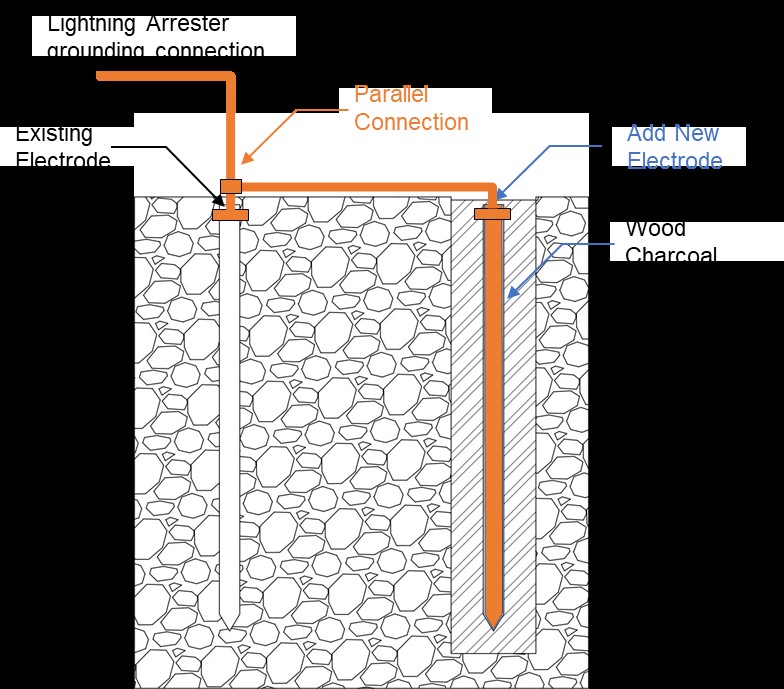The grounding resistance improvement of distribution substation using multiple rods and wood charcoal as soil treatment
Keywords:
charcoal, electrode rod, grounding resistanceAbstract
The grounding system plays the important role in securing the electric power system. Low grounding resistance ensures the proper operation of the grounding system. The lower the grounding resistance value, the easier current flow through the earth without any obstacles then prevents equipment from being damaged or causing the injury of personnel. According to the PUIL 2000 standard, grounding resistance should be less than 5Ω. Methods that can be performed to reduce grounding resistance are increasing the length and diameter of the grounding rod, using multiple rods, and treating the soil to reduce its resistivity. In this study, we would like to improve the grounding system of the KA2317 distribution substation located at Mertasari, Jimbaran in South Kuta, Bali which has a grounding resistance of 8.1Ω (more than 5Ω). The method that was applied in this study was grounding improvement by adding an electrode rod and adding wood charcoal to reduce soil resistivity. At the end of the study, grounding resistance can be reduced from 8.1Ω to 1.9 Ω or improved by 76.6%.
Downloads



